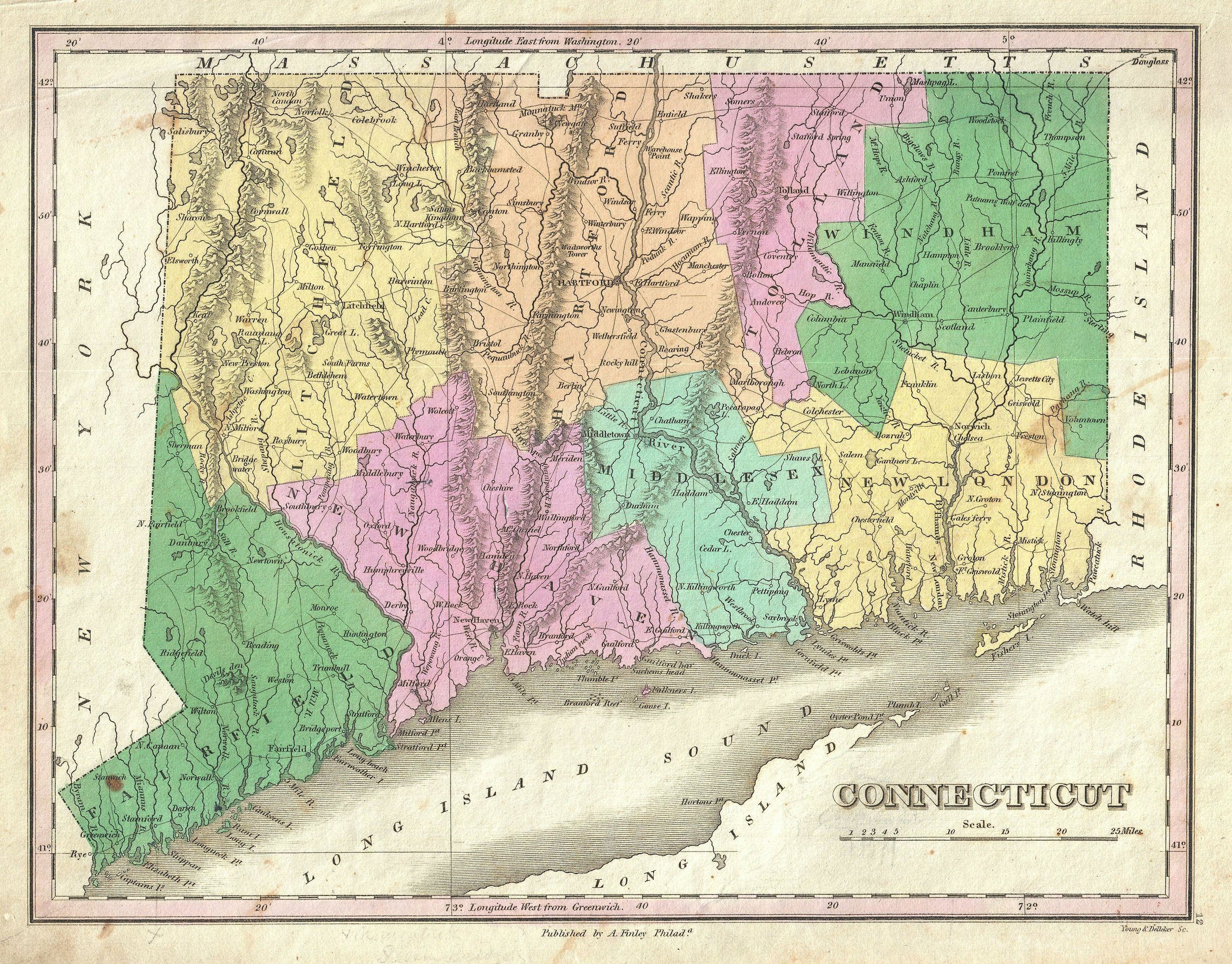Feds Disband National Blueway Program, CT River is Sole Survivor
/It seemed like a good idea at the time. U.S. Secretary of Agriculture Ken Salazar designated the Connecticut River as the nation’s first National Blueway, in recognition of conservation efforts underway. That was two years ago – the first of what was intended to be a series of similar designations across the country. Fast forward to 2014. The fledgling federal program was abruptly discontinued by current Ag Secretary Sally Jewell, after a departmental review. Since it’s auspicious start, only two official designations were made.
The first was the Connecticut River, which runs through Connecticut, Massachusetts, Vermont and New Hampshire. The second was the White River, which spans more than 700 miles through Missouri and Arkansas. But that second designation was revoked after local opposition. And now the entire program is history, with the Connecticut River grandfathered in as the short-liv ed program’s sole survivor.
ed program’s sole survivor.
The National Blueways System w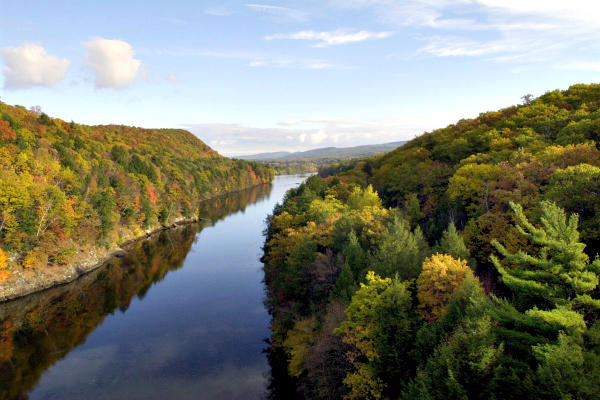 as created in May 2012 under President Barack Obama’s America’s Great Outdoors Initiative. The program was voluntary, didn’t include any new regulations, and a designation brought no additional funding, the Associated Press has reported. It was intended to promote watershed conservation and support sustainable and healthy water supplies.
as created in May 2012 under President Barack Obama’s America’s Great Outdoors Initiative. The program was voluntary, didn’t include any new regulations, and a designation brought no additional funding, the Associated Press has reported. It was intended to promote watershed conservation and support sustainable and healthy water supplies.
Federal officials insisted the program would not include any new protective status or regulations, but opponents in Missouri and Arkansas — largely conservative groups — weren’t convinced, the AP reported. Published reports indicated that some feared the conservation recognition program would lead to increased regulation and land seizures. That led first to the revocation of the White River designation last summer, followed by the end of the entire initiative earlier this year.
In riverfront ceremonies in Hartford on May 23, 2012, Interior Secretary Salazar designated the 410-mile-long Connecticut River as America's first National Blueway, saying restoration and preservation efforts on the river were a model for other American rivers. The blueway designation was intended to support existing local and regional conservation, recreation and restoration efforts, and does not establish a new protective status or regulations for a river, Salazar said at the time.
He was joined at Riverside Park in Hartford by U.S. Sen. Richard Blumenthal; U.S. Rep. John Larson;
Principal Deputy Assistant Secretary of the Army Terrence “Rock” Salt; Friends of the Silvio O. Conte Refuge Chairman Patrick Comins and other members of the conservation and business communities. 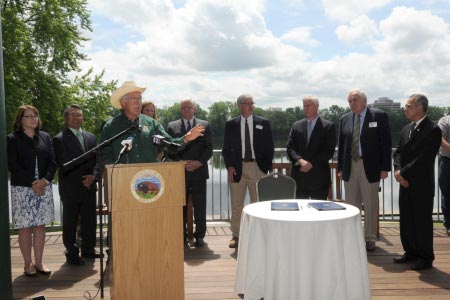
That would be the program’s high water mark, so to speak.
“The National Blueways Committee will be deactivated, but the department will continue to encourage collaborative, community-based watershed partnerships that support sustainable and healthy water supplies,” a department spokeswoman told the AP this year, explaining the department’s decision to end the program. She reiterated that the Connecticut River will maintain the National Blueway designation it received two years ago – and now will be the only one in the country.


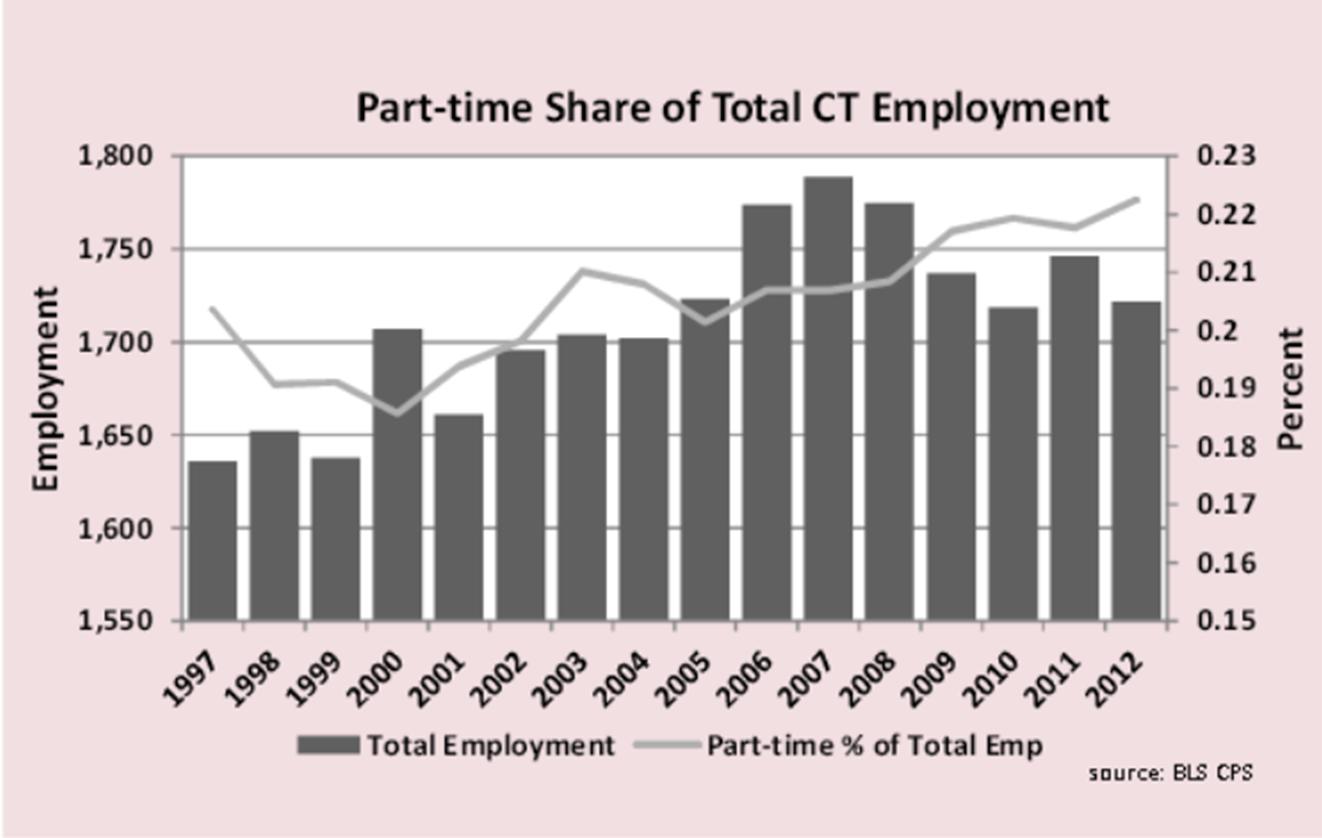
 a and the basis for the analysis. The breakdown of hours worked shows that Connecticut has less under 35 hours per week employment than other New England states but more than the Northeast region overall.
Part-time employment was 23.3% of all New England employment in 2012, higher than any other census division in the country. The other eight census divisions averaged 19.3% with the West- South Central division lowest at 16.4%.
a and the basis for the analysis. The breakdown of hours worked shows that Connecticut has less under 35 hours per week employment than other New England states but more than the Northeast region overall.
Part-time employment was 23.3% of all New England employment in 2012, higher than any other census division in the country. The other eight census divisions averaged 19.3% with the West- South Central division lowest at 16.4%.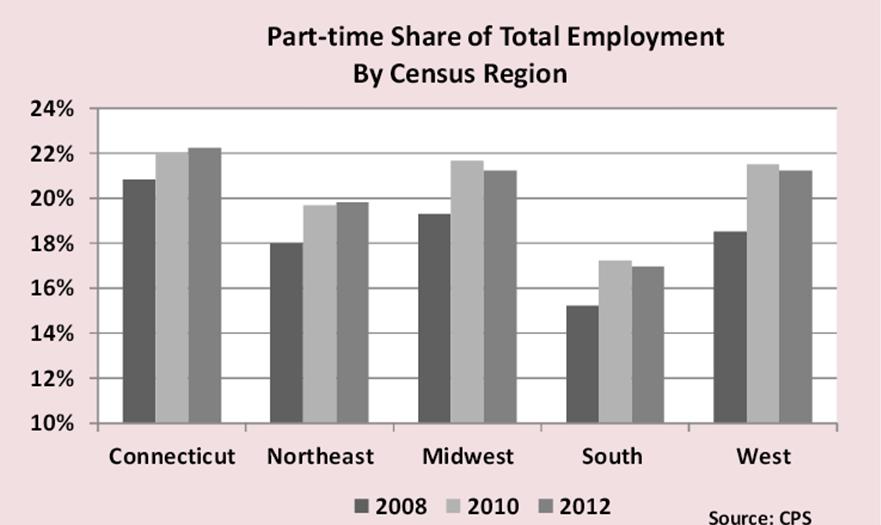
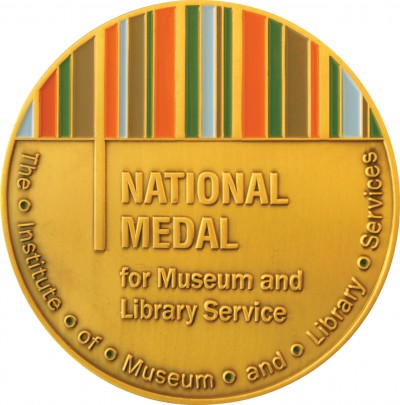 rnment with the mission to create strong libraries and museums that connect people with information and ideas, is celebrating its 20th year of saluting institutions that make a difference for individuals, families and communities.
rnment with the mission to create strong libraries and museums that connect people with information and ideas, is celebrating its 20th year of saluting institutions that make a difference for individuals, families and communities.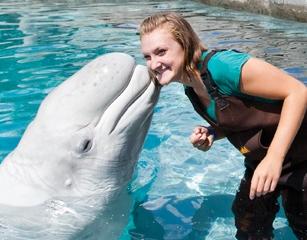
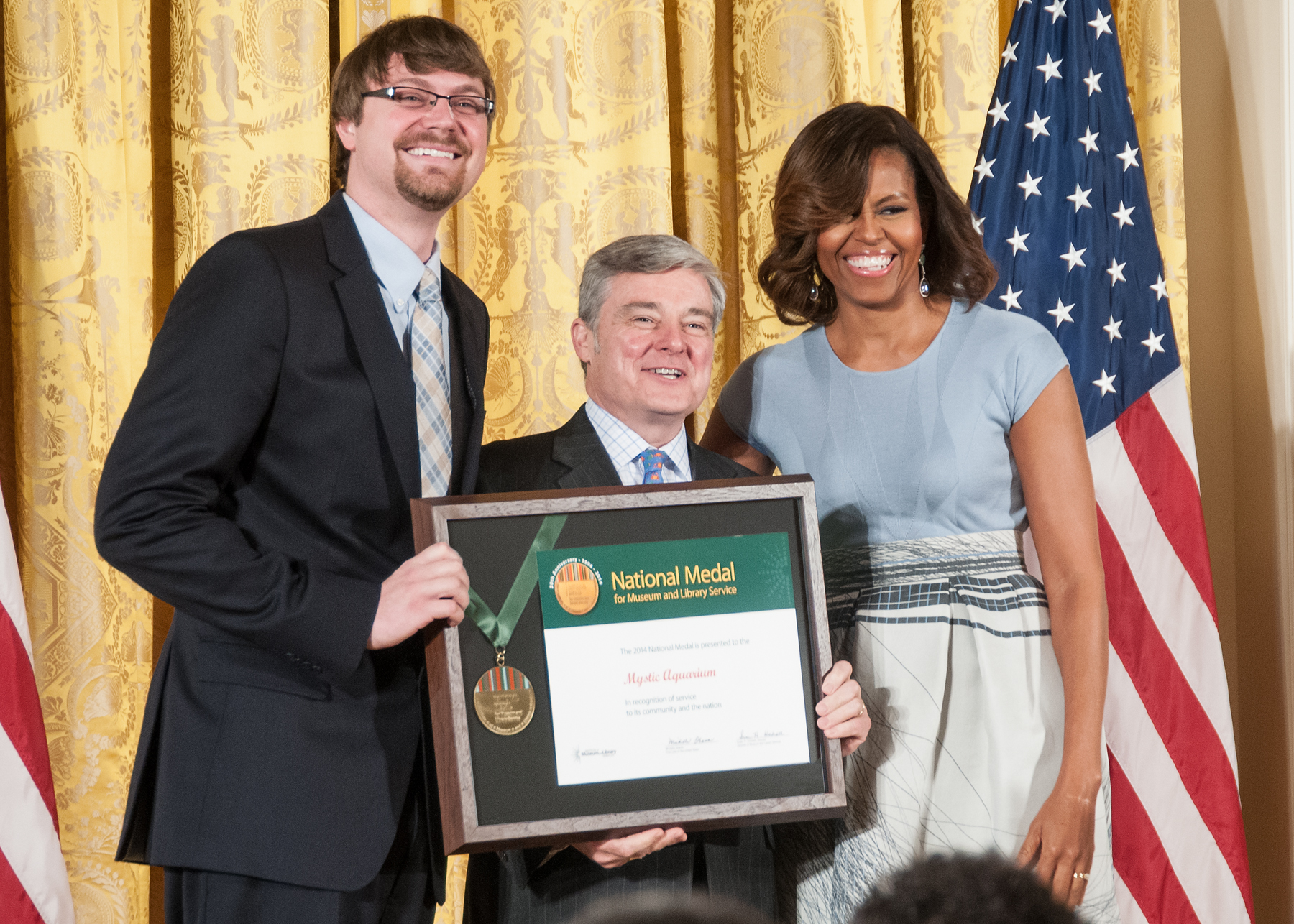 0 animals, including such species as beluga whales and the endangered African Penguin.
0 animals, including such species as beluga whales and the endangered African Penguin.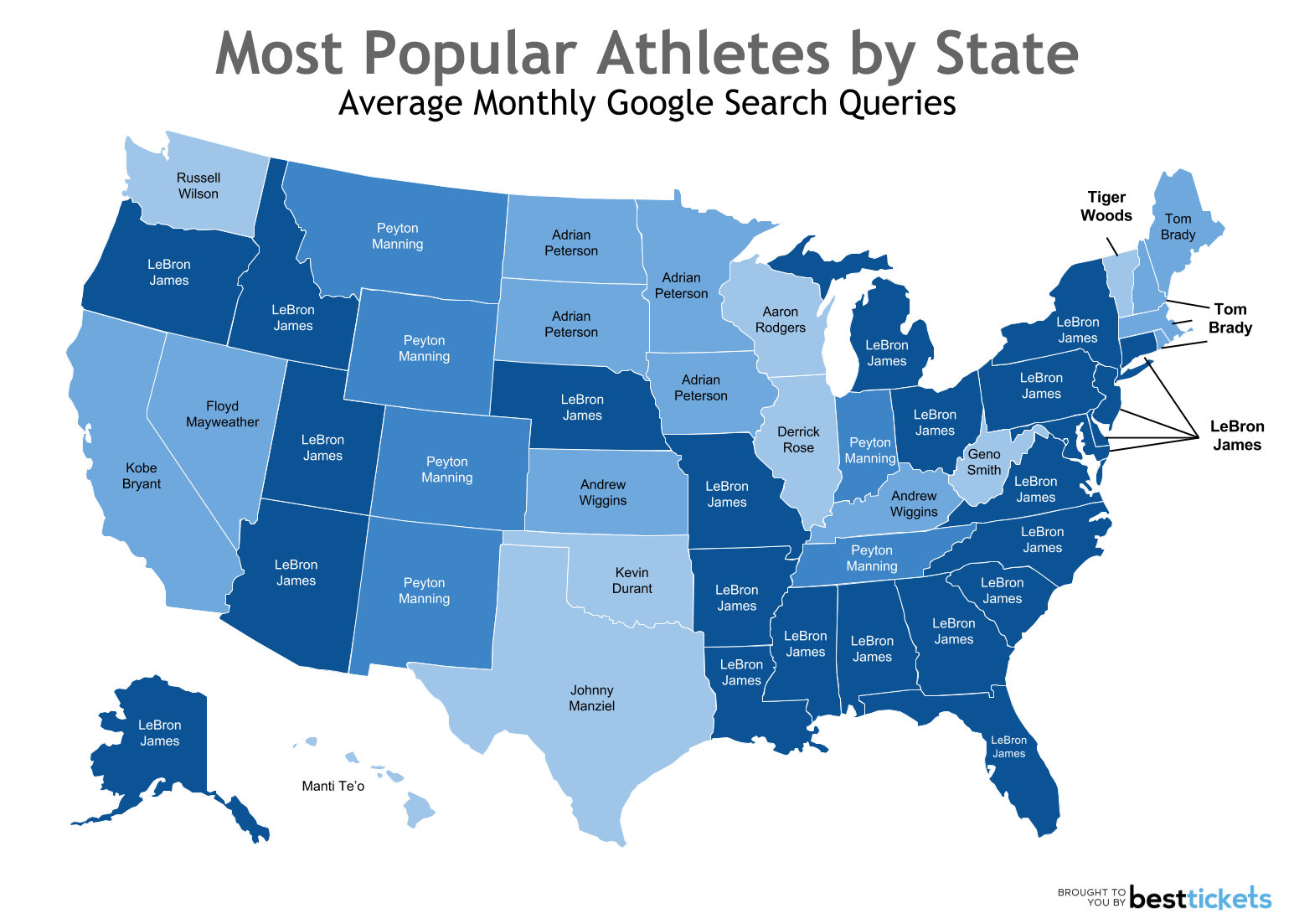
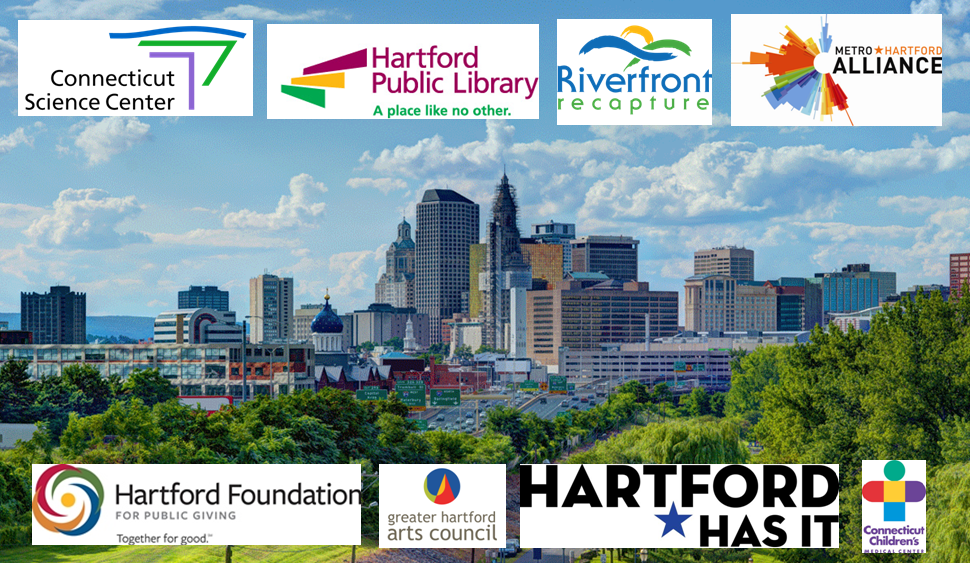 ative way the Hartford Foundation works and the permanence and stability that the 89-year old organization provides to the community.
ative way the Hartford Foundation works and the permanence and stability that the 89-year old organization provides to the community.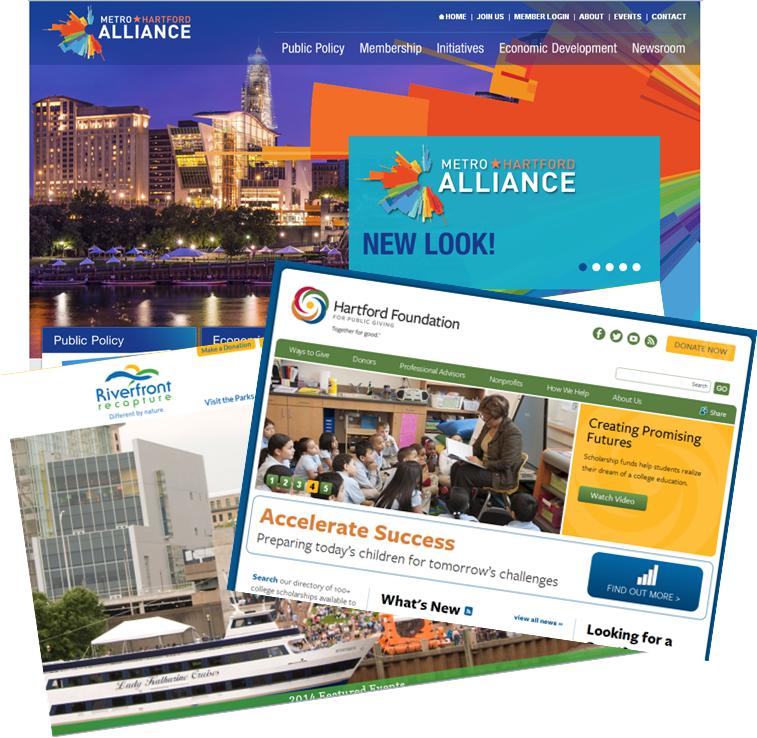
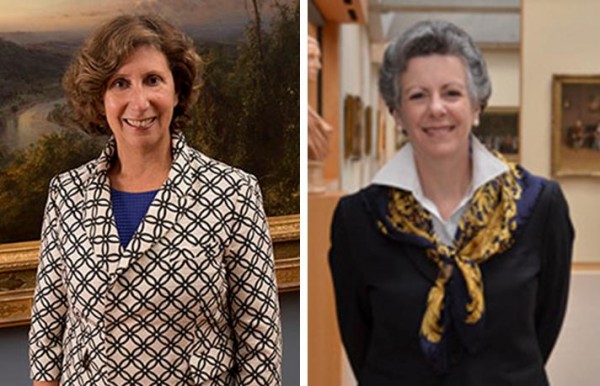 de by women at small and midsize museums” (often university or contemporary art institutions) where women hold nearly half of the directorships and earn on a par with men. Just five of the 33 most prominent art museums are led by women.
de by women at small and midsize museums” (often university or contemporary art institutions) where women hold nearly half of the directorships and earn on a par with men. Just five of the 33 most prominent art museums are led by women.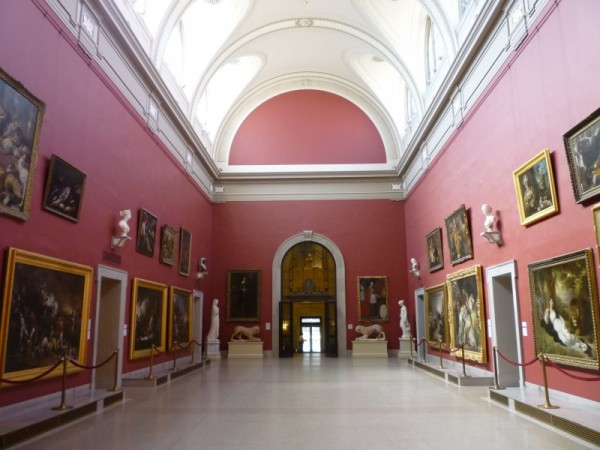
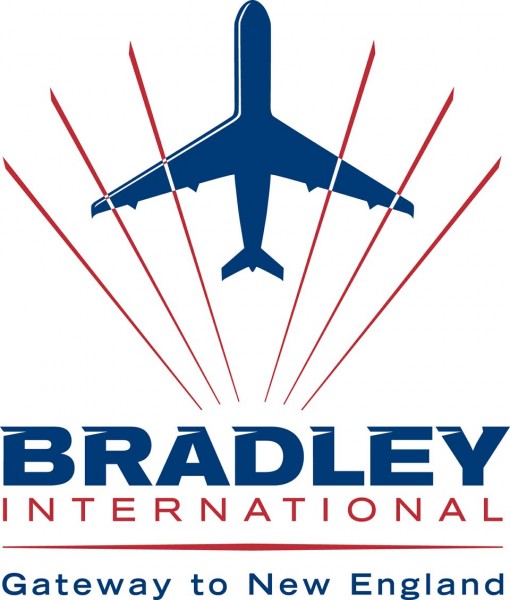 y farther back, in 2009 the total was 5,334,322. The Bradley International Airport
y farther back, in 2009 the total was 5,334,322. The Bradley International Airport 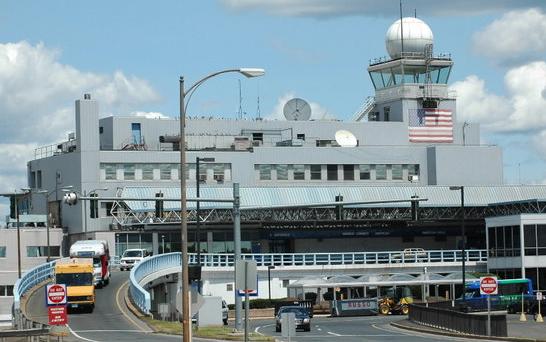

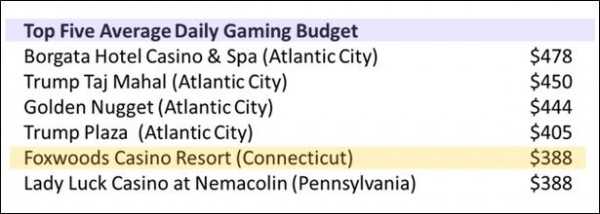



 elphia, and will meet next month in Houston.
elphia, and will meet next month in Houston.

